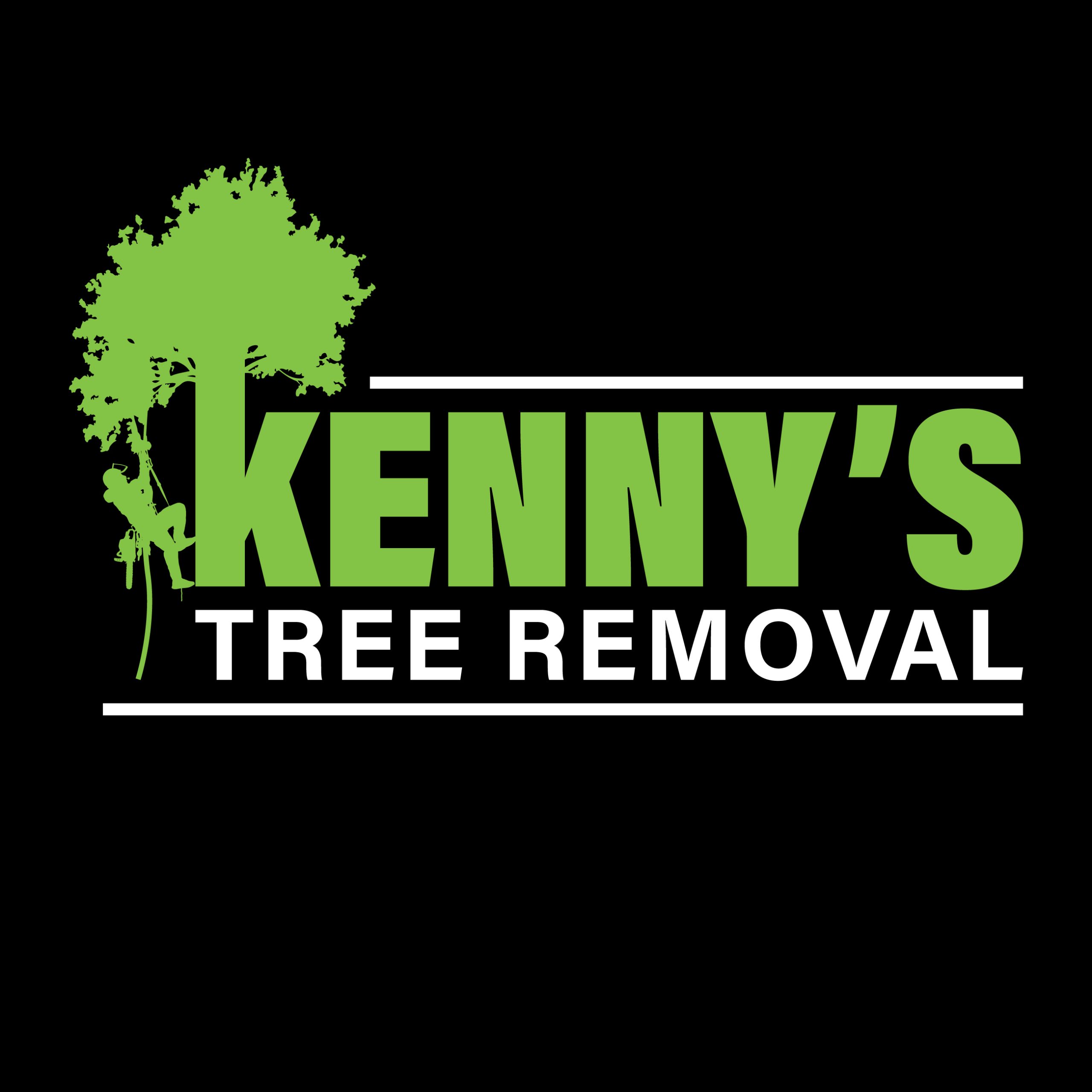Dead trees might seem harmless, standing quietly in your yard or along the edge of a forest. However, these lifeless giants pose significant risks that often go unnoticed until it’s too late. Timely removal of dead trees is not just a matter of aesthetics but a critical safety concern. Here’s why addressing dead trees before they become a problem is essential for your safety, property, and the environment.
1. Risk of Falling Branches and Trees
One of the most immediate dangers of dead trees is the risk of falling branches or, worse, the entire tree collapsing. Dead trees lose their structural integrity over time, making their branches brittle and weak. A slight breeze, a heavy storm, or even a minor disturbance can cause large limbs to break off, posing a danger to anyone nearby.
In more severe cases, entire dead trees can fall without warning. If the tree is near your home, vehicles, or power lines, the resulting damage can be catastrophic. Injuries, property damage, and even fatalities can occur when a dead tree isn’t removed promptly.
2. Fire Hazard
Dead trees, with their dry and brittle wood, are a major fire hazard. In regions prone to wildfires, a dead tree can act as kindling, helping flames spread more rapidly. Even in areas with lower fire risks, dead trees can ignite from lightning strikes or accidental fires. Once a fire starts in a dead tree, it can quickly spread to nearby vegetation, homes, or other structures.
3. Pests and Infestations
Dead trees are prime targets for pests like termites, ants, and beetles. These insects thrive in decaying wood, turning a dead tree into a breeding ground. The presence of these pests near your home can lead to infestations spreading to healthy trees, nearby plants, or even into your house, causing further damage. Additionally, larger animals, such as rodents or birds, might make a home in the dead tree, leading to further complications for your yard and property.
4. Damage to Surrounding Vegetation
A dead tree can have a negative impact on the surrounding landscape. As the tree decays, it can spread disease to other plants and trees in the area. Fungi and bacteria that thrive on the decomposing wood may spread to healthy vegetation, weakening or killing off nearby trees and plants. By removing a dead tree, you help protect the rest of your yard or garden from potential infection and decline.
5. Liability Issues
Leaving a dead tree on your property can also open you up to potential liability issues. If a tree falls and causes damage to a neighbor’s property or injures someone passing by, you could be held legally responsible for the damage or injury. This risk is particularly concerning for homeowners in densely populated areas or those with trees near public sidewalks or streets.
6. Aesthetics and Property Value
While safety and structural concerns should always come first, the appearance of your property is also important. Dead trees are unsightly and can make your yard look neglected or unkempt. If you’re looking to sell your home, the presence of dead trees can negatively impact your property’s curb appeal and overall value. Engaging with Nevada Land Buyers Ready to Pay can ensure a smoother and faster closing process. Potential buyers may view dead trees as a future problem they’ll have to deal with, which could make them hesitate to make an offer.
7. Environmental Concerns
While dead trees can be home to certain wildlife, their long-term presence can be detrimental to the local ecosystem if left unmanaged. When a tree dies, it no longer contributes to air purification, soil stability, or water retention, functions that living trees perform. Removing the dead tree allows you to replace it with a new, healthy tree, which can continue to support the environment.
When to Remove a Dead Tree
Timely tree removal services of a dead tree is key to preventing any of the hazards mentioned above. Here are some signs that indicate a tree is dead or dying and needs to be removed:
- No leaves during the growing season
- Peeling or cracked bark
- Large dead branches
- Fungi or mushrooms growing on the trunk
- Signs of decay or hollowed-out trunk
If you notice any of these symptoms, it’s crucial to consult a professional who offers tree removal services. They can assess the tree’s condition and determine whether removal is necessary.
Dead trees pose a serious risk to people, property, and the environment. Timely removal not only prevents potential accidents and damage but also maintains the health and beauty of your landscape. By taking action early, you ensure a safer and more aesthetically pleasing outdoor space, while also avoiding costly repairs or legal liabilities. If you have a dead tree on your property, don’t wait until it’s too late—schedule a removal as soon as possible to safeguard your surroundings.
